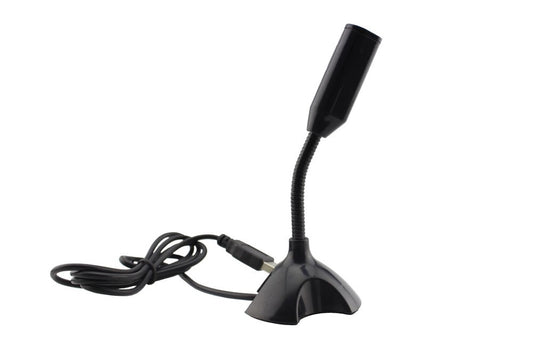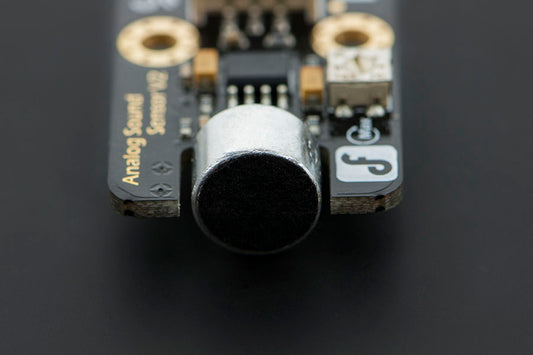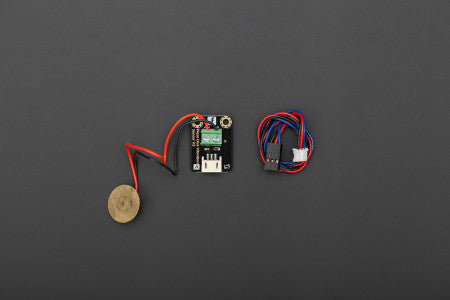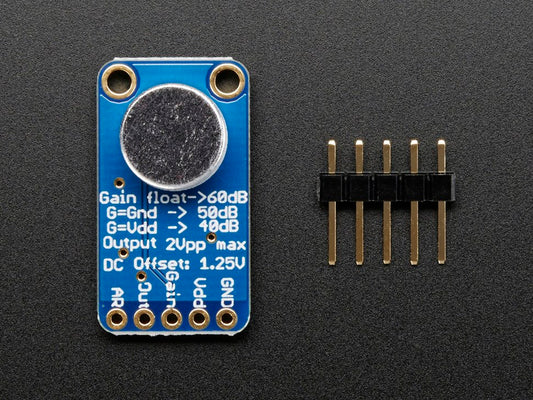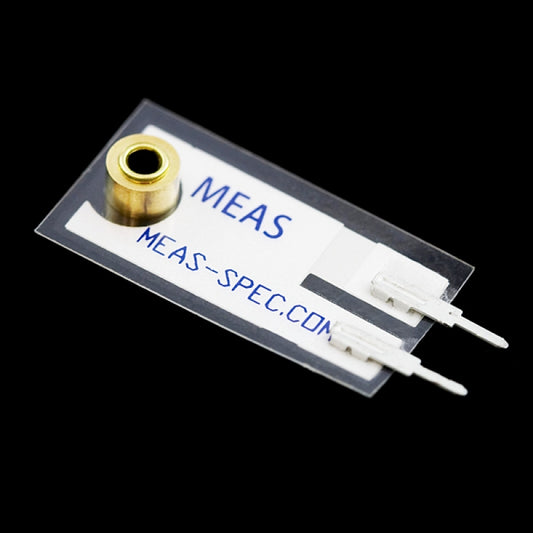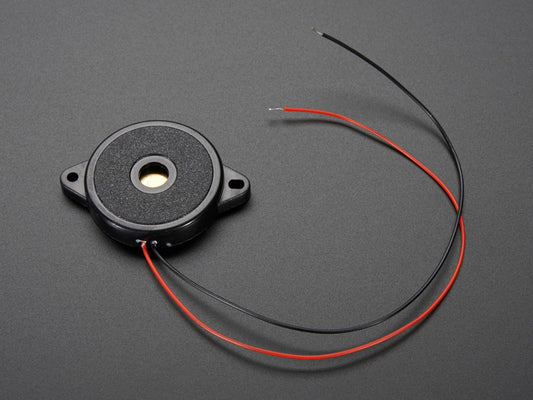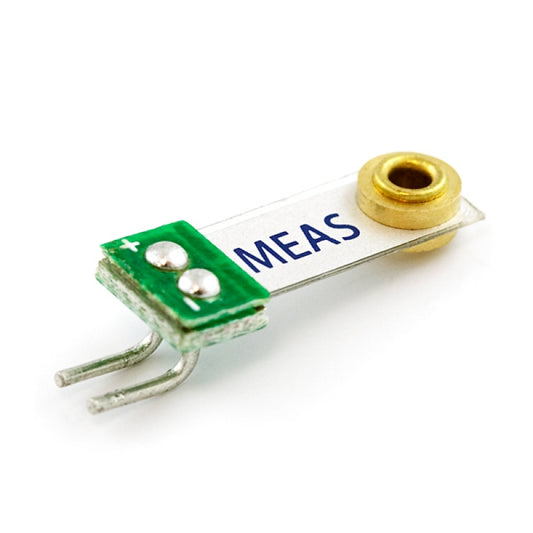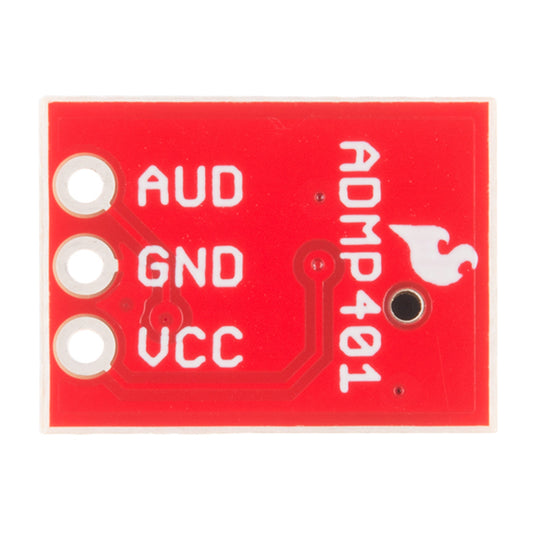Sound & Vibration Sensors Philippines: Microphones & Piezo | Circuitrocks
Acoustic, Sound & Vibration Sensors — Microphones & Motion Detection
Detect sound, knocks, vibrations, and acoustic activity using microphone sensors, vibration sensors, piezo elements, and sound detection modules. Ideal for audio-reactive projects, security systems, machine monitoring, and smart IoT builds.
Sound • Microphone • Vibration • Piezo • Knock Detection
Why choose these sensors
-
High sensitivity: detect sound, taps, movement & resonance
-
Wide range: analog mic amps, digital sound triggers, piezo discs
-
PH support: help with filtering, gain, and noise reduction
Popular uses
- Audio-reactive LEDs & music visualization
- Security alarms (glass break / knock detection)
- Vibration sensing for motors & machinery
- Environmental acoustic monitoring
- Voice-activated or sound-triggered automation
Sensor categories
Microphone Sensors
- Analog microphone amplifiers
- Digital microphone modules
- Sound level detection boards
Vibration & Piezo Sensors
- Piezo discs (knock sensors)
- Spring vibration detectors
- MEMS vibration sensors
Acoustic & Sound Modules
- Sound-activated switch modules
- Frequency detection sensors
- Audio input modules for analysis
Tip: For accurate sound measurement, choose modules with onboard op-amps or adjustable gain to avoid noisy readings.
Sensor chooser (quick guide)
| Need |
Best sensor |
Notes |
| Detect general sound levels |
Analog microphone module |
Good for visualizers & audio-reactive projects. |
| Trigger on loud sounds |
Digital sound detection module |
Outputs HIGH when threshold is reached. |
| Sense vibration or knocking |
Piezo sensor / vibration switch |
Great for alarms, tapping inputs, and motor monitoring. |
| Capture audio for analysis |
Op-amp microphone module |
Provides cleaner signals for FFT or processing. |
| Detect specific frequency patterns |
Audio filter or frequency detection module |
Used in voice detection or tone-based control. |
Choose based on sensitivity, analog vs digital output, and the noise tolerance of your environment.
Starter bundles
-
Sound Reactive Kit: mic module + LEDs + microcontroller
-
Vibration Alarm Set: piezo sensor + buzzer + driver
-
Audio Input Pack: microphone module + SD logger
FAQ
Are these sensors compatible with Arduino/ESP32?
Yes—all microphone, vibration, and piezo modules work with Arduino, ESP32, and Raspberry Pi.
Why is my microphone sensor noisy?
Use clean power, short wires, and modules with adjustable gain or filtering to reduce noise.
Can I detect vibrations from motors?
Yes—piezo discs and spring vibration switches are commonly used for motor health monitoring.
Do you ship nationwide?
Yes—fast PH shipping anywhere in the Philippines.
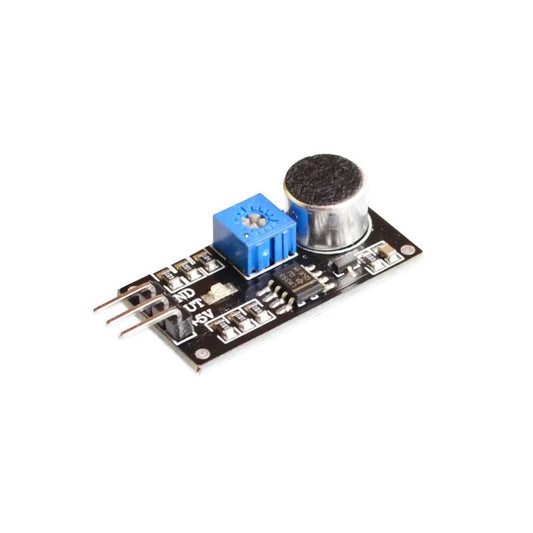
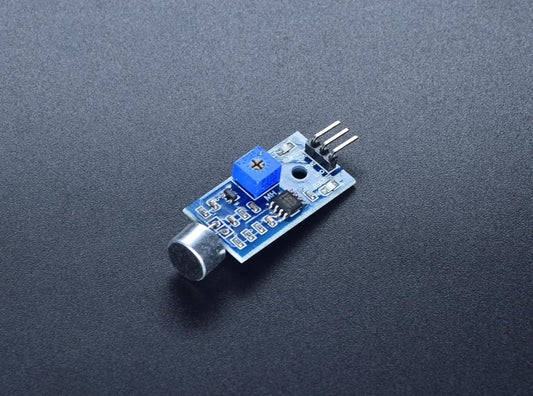 Sold out
Sold out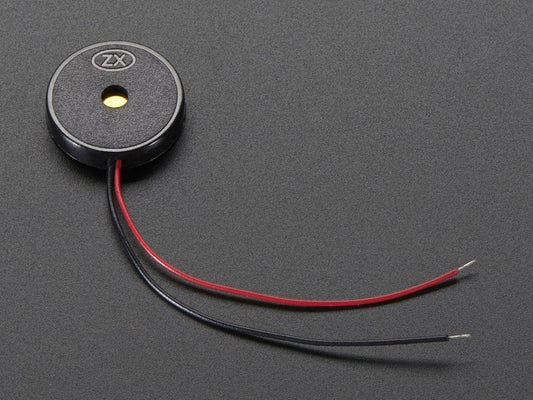 Sold out
Sold out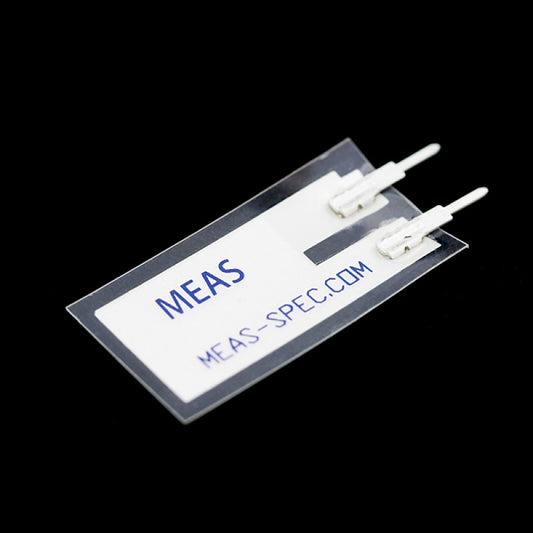
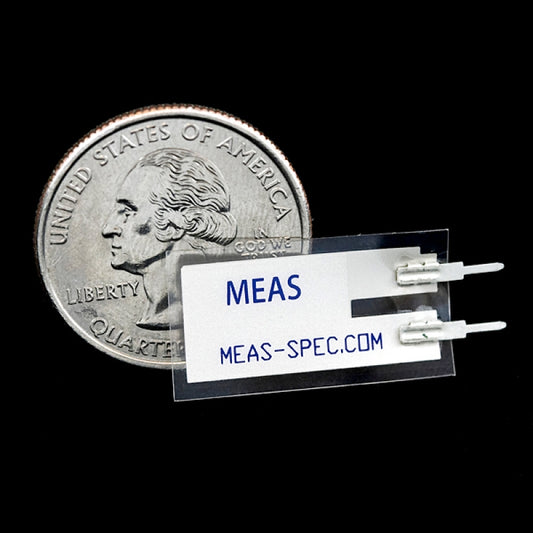 Sold out
Sold out
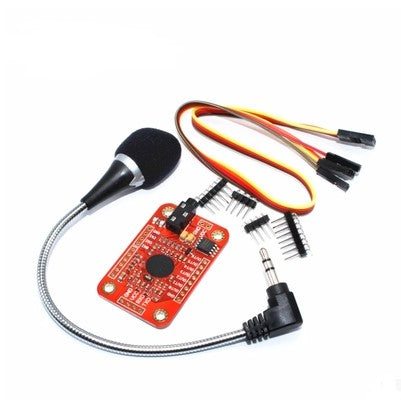 Sold out
Sold out
 Sold out
Sold out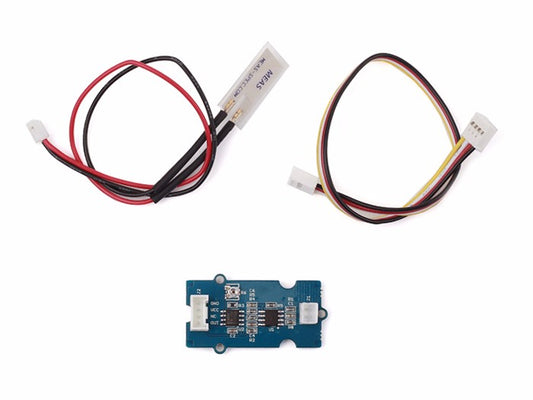
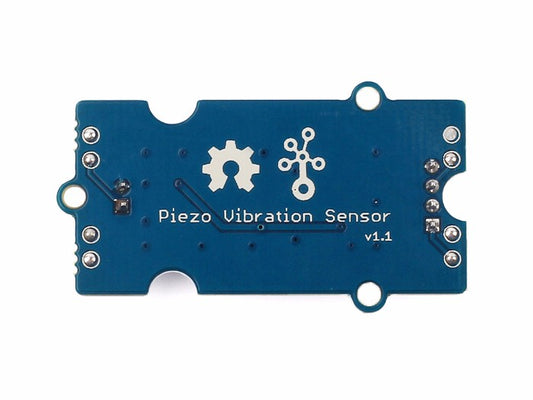 Sold out
Sold out





